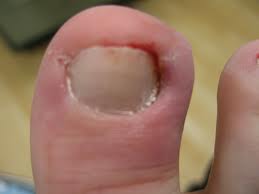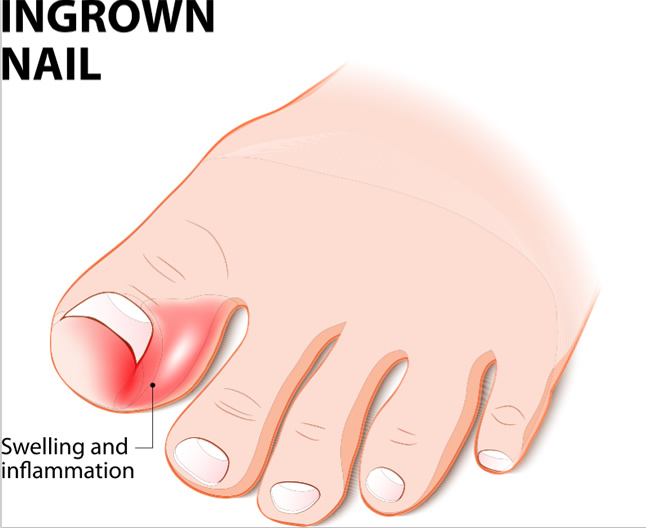
Ingrown toenails are painful, so the first step is to get relief from the pain. To help the pain, soak the foot in warm water with a few drops of Epsom’s salt. You can also try using cotton bud or dental floss to apply pressure to the infected toe. Wearing shoes that have ample room for movement is essential, too. If the pain persists, visit a doctor.
A podiatrist will perform a diagnosis and recommend treatment if necessary. A dry cotton pad can be placed over the ingrown toenail to relieve pressure on the infected area. If pain and pus persist, it is recommended that you contact a doctor. If you are concerned that you or a child may have an infection, it’s important to visit a physician for further evaluation.
Ingrown toenails can be treated at home. Home remedies can be applied to relieve pain and ease the inflammation. If your child has a rash, dry cotton will help. To prevent infection, apply antibiotic cream to the affected area. Taking a visit to a podiatrist is also advisable, as some ingrown toenails can lead to more serious complications. However, if you notice any of these symptoms, you should see a doctor right away.
If you are worried about an ingrown toenail, you should take action immediately. The most common treatment involves removing the offending nail. If you’re concerned about an ingrown toenail, consider undergoing surgical treatment. If you’re not sure about a treatment, visit a podiatrist right away. This is the only way to ensure that the infected area will heal completely.
Ingrown toenails are common among children, and can be treated with home remedies. You can use dry cotton to relieve pressure on the infected toe. The area should heal completely in 48 hours. If the pain persists, you should visit a doctor. Ingrown toenails can become infected if the nail is left untreated. You should consult your pediatrician if you suspect that your child is experiencing a severe ingrown toenail.
If you’re concerned about an ingrown toenail, it’s important to consult a podiatrist right away. The symptoms of this condition include tender skin and swollen toes. You may even notice a white or yellowish pus at the tip of your toe. Symptoms will vary depending on the severity of the ingrown toenail. If you have any of these symptoms, you should see a podiatrist as soon as possible.

Ingrown toenails are painful and should be treated as soon as they develop. Symptoms may include pain, redness, swelling, and warmth. A healthcare professional will remove the ingrown toenail and the nail bed if necessary. Once you’ve had the ingrown toenail removed, you should keep the area dry and clean. If you’re concerned about the pain, you can ask your pediatrician about the cause of your condition.
To prevent ingrown toenails, wear comfortable socks and shoes with ample room. Avoid tight or ill-fitting socks, which can cause ingrown toenails. And remember that shoes with good support can prevent ingrown toenails. If you don’t wear your socks, they will compress the ingrown toenail. Ingrown toenails can be very painful, but they are easily prevented by wearing sturdy shoes.
You can prevent ingrown toenails by wearing comfortable socks and loose, sturdy shoes. It is also important to wear steel-toed shoes that have space between the toes. These precautions will help protect your ingrown toenail from infection. You should be able to wear suitable shoes and socks and keep your feet dry and comfortable.
At kopertis11.or.id/
you will find several home remedies for ingrown toenails. Soaking in warm water with Epsom salts twice a day will help relieve pain, while a bandage and pain relievers will help reduce swelling and inflammation. If you are not sure if you have an infection, you should contact your doctor. Your doctor will likely send you for an x-ray to make sure there is no infection.


